Quintana Roo, located in southern Mexico on the Yucatán Peninsula, is famous for its stunning Caribbean coastline, diverse ecosystems, and a wealth of endemic species found nowhere else on earth. Its geographic features—including access to both the Caribbean Sea and the Gulf of Mexico, multiple offshore islands, and location within the Caribbean biodiversity hotspot—have fostered a remarkable array of unique flora and fauna. In this article, we’ll explore the most notable endemic species of Quintana Roo, from rare island mammals to tropical plants and iconic wildlife. All information is SEO-optimized, with scientific names and detailed descriptions.

Cozumel Raccoon (Procyon pygmaeus)
Cozumel Whiptail Lizard (Aspidoscelis cozumelae)
Cozumel Microatolls
Yucatan Black Howler Monkey (Alouatta palliata pigra)
Buccaneer Palm (Pseudophoenix sargentii)
Cozumel Island Coati (Nasua narica nelsoni)
White-lipped Peccary (Tayassu pecari)
Cave Starfish (Copidaster cavernicola)
Baird’s Tapir (Tapirus bairdii)
Chit Palm (Thrinax radiata)
Jaguar (Panthera onca)
Endemic to Cozumel Island, part of Quintana Roo, the Cozumel raccoon—also called the pygmy or dwarf raccoon—is much smaller than mainland relatives, with adults weighing just about 3 kg (compared to the typical 15 kg). This rare, nocturnal mammal is famous for its dexterous hands and unique facial markings. Due to its isolated evolution, the species is critically endangered, with a population of only a few hundred individuals remaining.
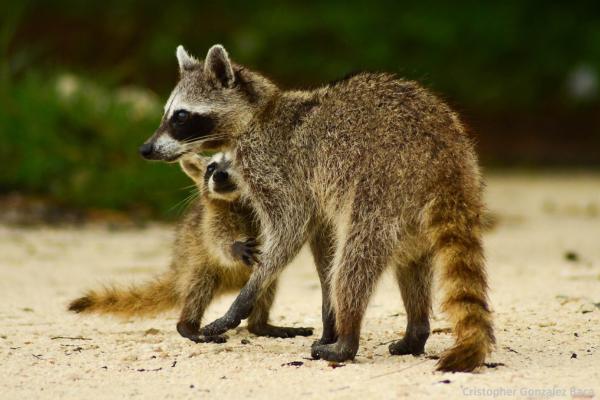
Another island endemic, the Cozumel whiptail lizard is remarkable for its reproductive strategy: parthenogenesis. Only females exist in this population, which reproduce asexually, producing clones without the need for males. This rare adaptation is a fascinating example of how island life shapes biodiversity.
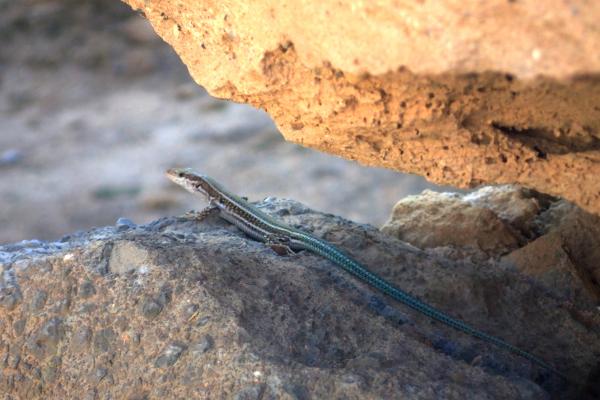
Cozumel’s marine environment features microatolls—ring-shaped reefs formed not just by corals but also by calcifying algae and tube-shaped vermetid mollusks, including:
Porolithon pachydermum
Lithophyllum congestum
Paragoniolithon sp.
Peyssonnelia sp.
Neogoniolithon imbricatum
Polystrata sp.
These unique structures support a variety of marine life and add to the ecological richness of Quintana Roo’s coasts.
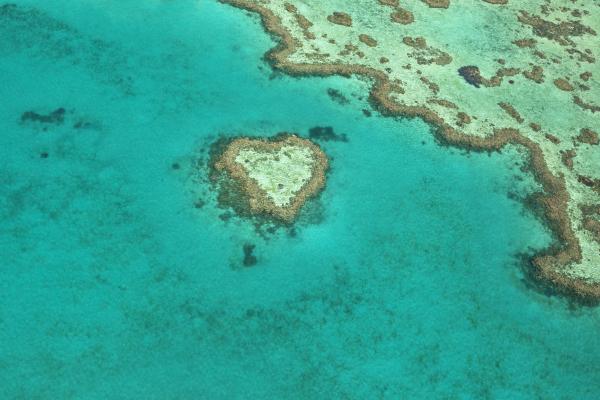
Endemic to the Yucatán Peninsula (including Quintana Roo, Belize, and Guatemala), the Yucatan black howler is the largest monkey in Mexico. It inhabits southern forests, lives in social groups, and is famous for its powerful, echoing calls. Its diet consists mainly of leaves and fruit. Deforestation and habitat fragmentation are significant threats to its survival.
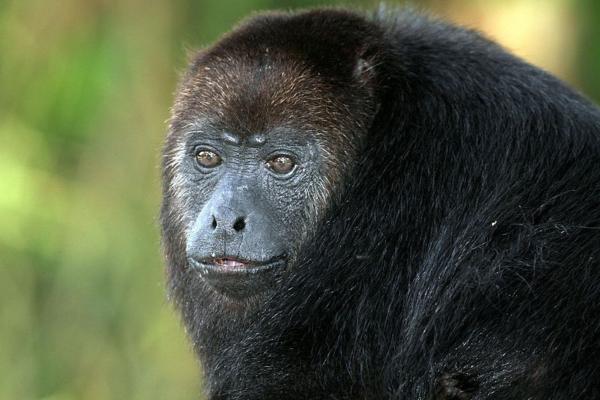
This elegant palm is native to the coastal areas of the Yucatán Peninsula, including Quintana Roo, and also found in some parts of Florida. It grows up to 8 meters tall, thrives in sandy soils near the sea, and is popular as an ornamental plant thanks to its resilience and beauty.
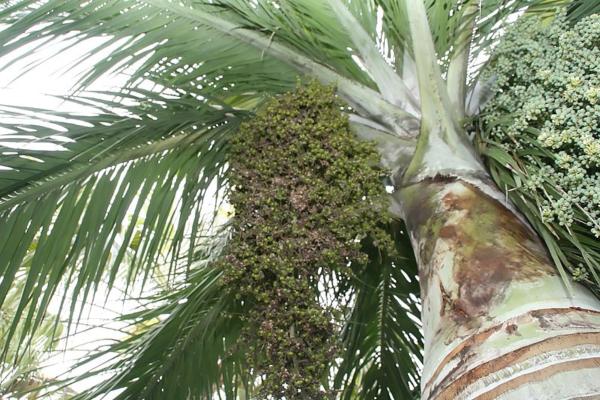
The Cozumel island coati is a small, island-adapted subspecies found only on Cozumel. Like the raccoon, it displays “island dwarfism”—being smaller than mainland relatives. Coatis are skilled climbers, commonly seen foraging in forests and along the beaches, and are distinguished by their elongated white snouts.
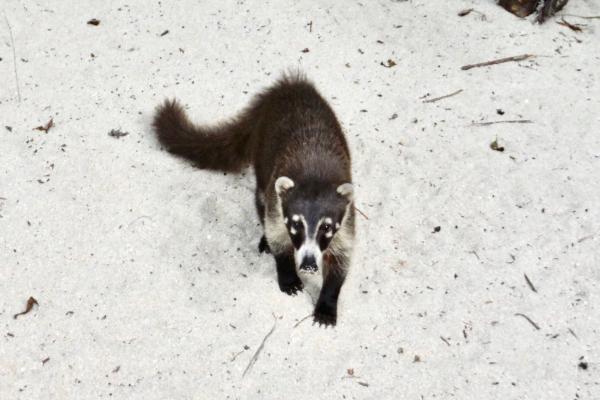
This highly social, pig-like mammal lives in subhumid and tropical forests throughout the Gulf region, including Quintana Roo. They form large herds—sometimes up to 300 individuals—use complex vocalizations, and prefer habitats near water. Their population has declined by 84% in Mexico, but protected areas like Sian Ka’an Biosphere Reserve still harbor healthy herds.
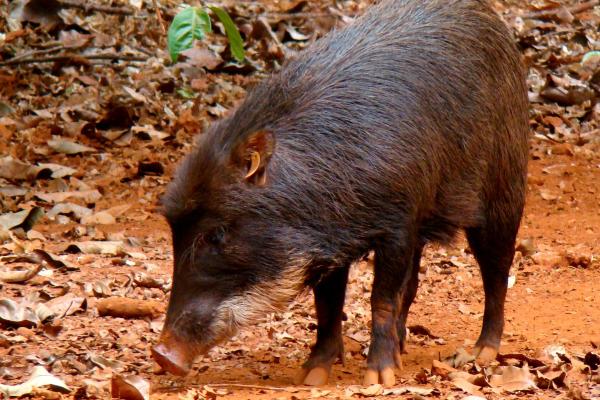
A unique discovery from Cozumel’s underwater cave system “El Aerolito,” the cave starfish is bright red, reaches up to 40 cm in diameter, and is believed to have cannibalistic tendencies. With only about 300 individuals observed, it is the world’s first known cave-adapted starfish.
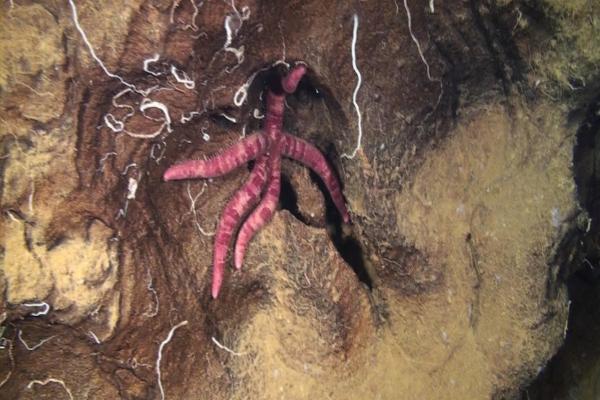
The largest native land mammal in Mexico, Baird’s tapir inhabits tropical forests across the Yucatán Peninsula and into Central America. Adults weigh up to 300 kg, are excellent swimmers, and eat a variety of leaves, fruit, and tree bark. Due to habitat loss and hunting, Baird’s tapir is classified as endangered.
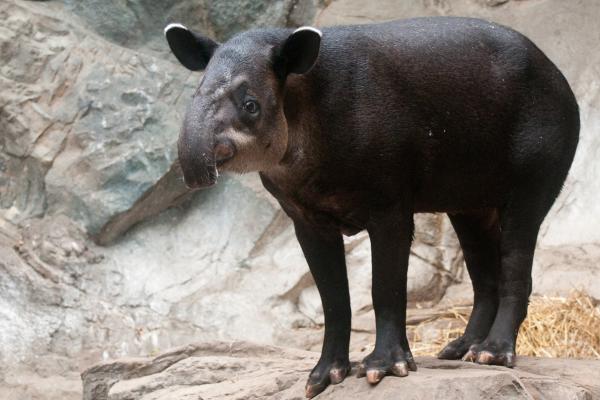
The only Thrinax palm in Mexico, chit palms grow along the coasts and dunes of Quintana Roo and Yucatán. Their huge fan-shaped leaves have been used for centuries in traditional construction (such as palapa roofs). The palm is highly tolerant of salinity and wind, thriving near mangroves and in sandy soils.
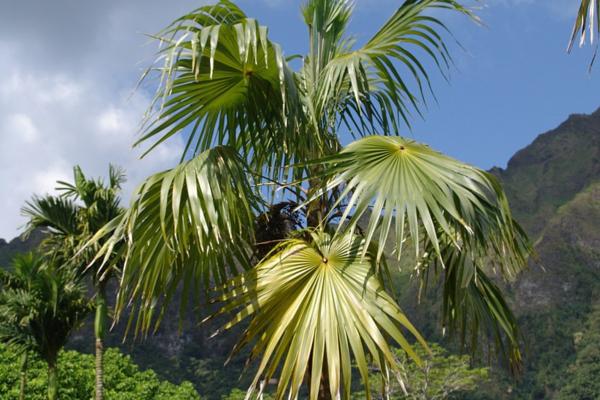
The jaguar is the most iconic animal of Quintana Roo and a symbol of ancient Maya culture. Historically widespread, the region now contains Mexico’s highest concentration of jaguars, with an estimated 800 individuals as of 2009–2011, thanks to conservation actions in areas like Sian Ka’an and the newly protected Jaguar Corridor in Tulum. As a top predator, the jaguar plays a crucial role in maintaining ecosystem balance.
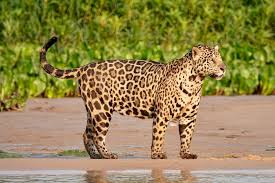
Quintana Roo’s unique geography has made it a cradle for endemic species, from rare mammals and reptiles to iconic palms and marine life. Protecting these treasures is essential for maintaining the region’s incredible biodiversity and ecological balance. If you’re a wildlife enthusiast, Quintana Roo is a must-visit destination for discovering nature’s most fascinating endemic species.
Bibliography
Institute of Biodiversity and Natural Protected Areas of the State of Quintana Roo. (2016). Microendemic species of the State of Quintana Roo. Available at: https://www.biodiversidad.gob.mx/media/1/region/eeb/files/13_QROO_IBAN-QROO.pdf
News Quintana Roo Editorial Team. (2017). Quintana Roo is home to the largest jaguar population in the entire country! Available at: https://sipse.com/novedades/jaguar-quintana-roo-serlva-areas-protegidas-unam-estudio-presas-especie-proteccion-conservacion-preservacion-237068.html
Ministry of Environment and Natural Resources. (2018). Action program for the conservation of the white-lipped peccary (Tayassu pecari). SEMARNAT/CONANP, Mexico
animal tags: Quintana Roo
We created this article in conjunction with AI technology, then made sure it was fact-checked and edited by a Animals Top editor.